Kingdom Animalia Order Lepidoptera Genus Greta Higher classification Greta | Phylum Arthropoda Family Nymphalidae Scientific name Greta oto Rank Species | |
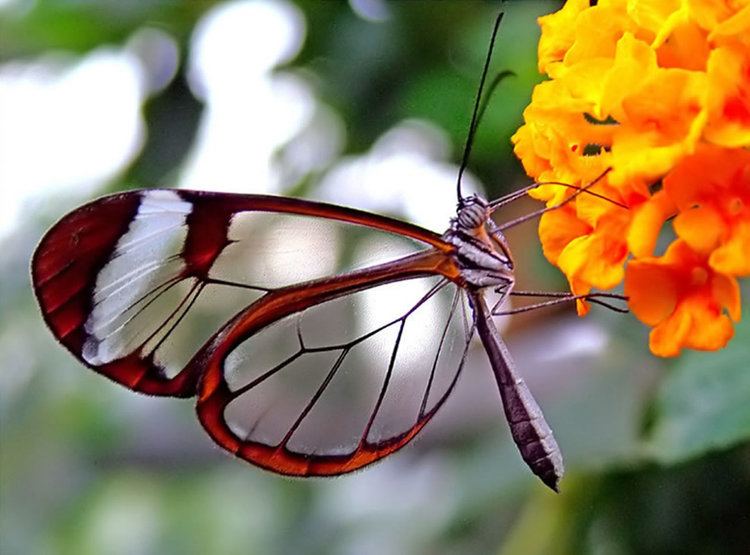 | ||
Similar Butterfly, Butterflies and moths, Insect, Greta, Nymphalidae | ||
Glasswing butterflies greta oto at london zoo part 1
Greta oto, the glasswinged butterfly or glasswing, is a brush-footed butterfly, and is a member of the subfamily Danainae, tribe Ithomiini, subtribe Godyridina.
Contents
- Glasswing butterflies greta oto at london zoo part 1
- Description
- Origin of the wings transparency
- Distribution
- Feeding
- References
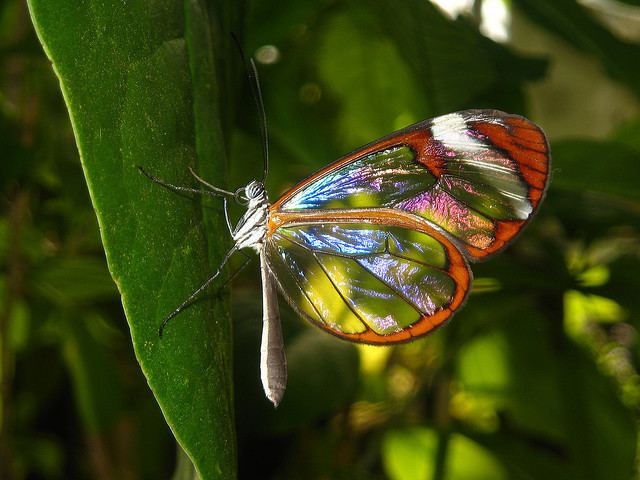
G. oto adults also exhibit a number of interesting behaviors, such as long migrations and lekking among males.
Description
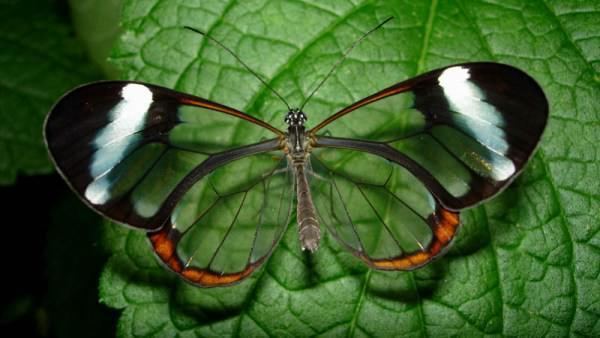
The wings are transparent, with a span of 5.6 to 6.1 cm (2.2 to 2.4 in). The butterfly's most common English name is glasswinged butterfly and its Spanish name is mariposa de cristal, which means "crystal butterfly". The tissue between the veins of its wings looks like glass, as it lacks the colored scales found in other butterflies. The opaque borders of its wings are dark brown, sometimes tinted with red or orange, and its body is dark in color.
Origin of the wings' transparency
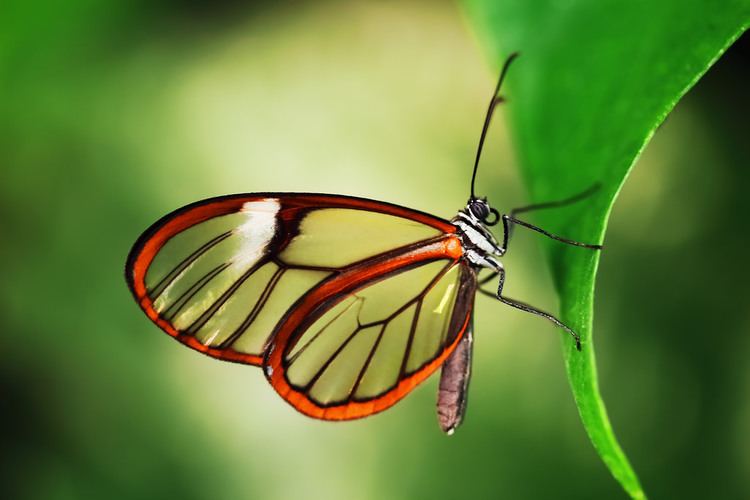
The transparency of its wings results from the combination of three properties: first, from the low absorption of the visible light by the material constituting its wings, second, from the low scattering of the light passing through the wings and finally, from the low reflection of the light impinging on the wings surface.
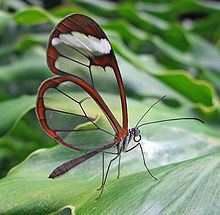
The latter occurs for a broad range of incident wavelengths, covering the whole visible spectrum, and of incidence angles. This broadband and omnidirectional anti-reflection property originates from nanopillars standing on the wing's surface which ensures a gradient of refractive index between the incident medium (air) and the wing's membrane. Those nanopillars, non-periodically arranged on the wing's surface, possess a high aspect ratio (height divided by radius) in excess of 6, where the radii are below the wavelengths of the visible light. Besides, they feature a random height and width distribution, which is directly responsible for the smooth refractive index gradient and thereby for the broadband and omnidirectional anti-reflection properties. These properties are further improved by the presence of pedestals at the base of the nanopillars.
Distribution
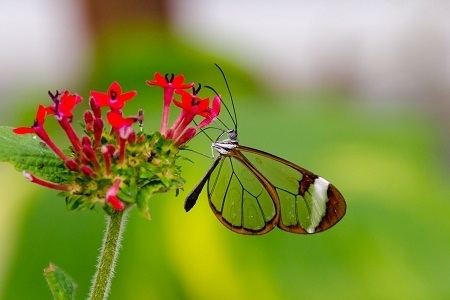
Adult glasswings can be found mostly from Central to South America as far south as Chile. They can migrate great distances and have been documented as far north as Mexico and Texas.
Feeding
G. oto visits common flowers like lantana, but prefers to lay its eggs on plants of the tropical Solanaceae genus Cestrum. The green caterpillars feed on these toxic plants and are perhaps toxic to predators through secondary chemicals stored in their tissues; caterpillar chemical extracts are unpalatable to Paraponera clavata ants. Adults are also assumed to be toxic, but their toxicity results mainly from males feeding on flowers (e.g., Asteraceae) whose nectar contains pyrrolizidine alkaloids. These same alkaloids also are converted into pheromones by the males and used to attract females.
